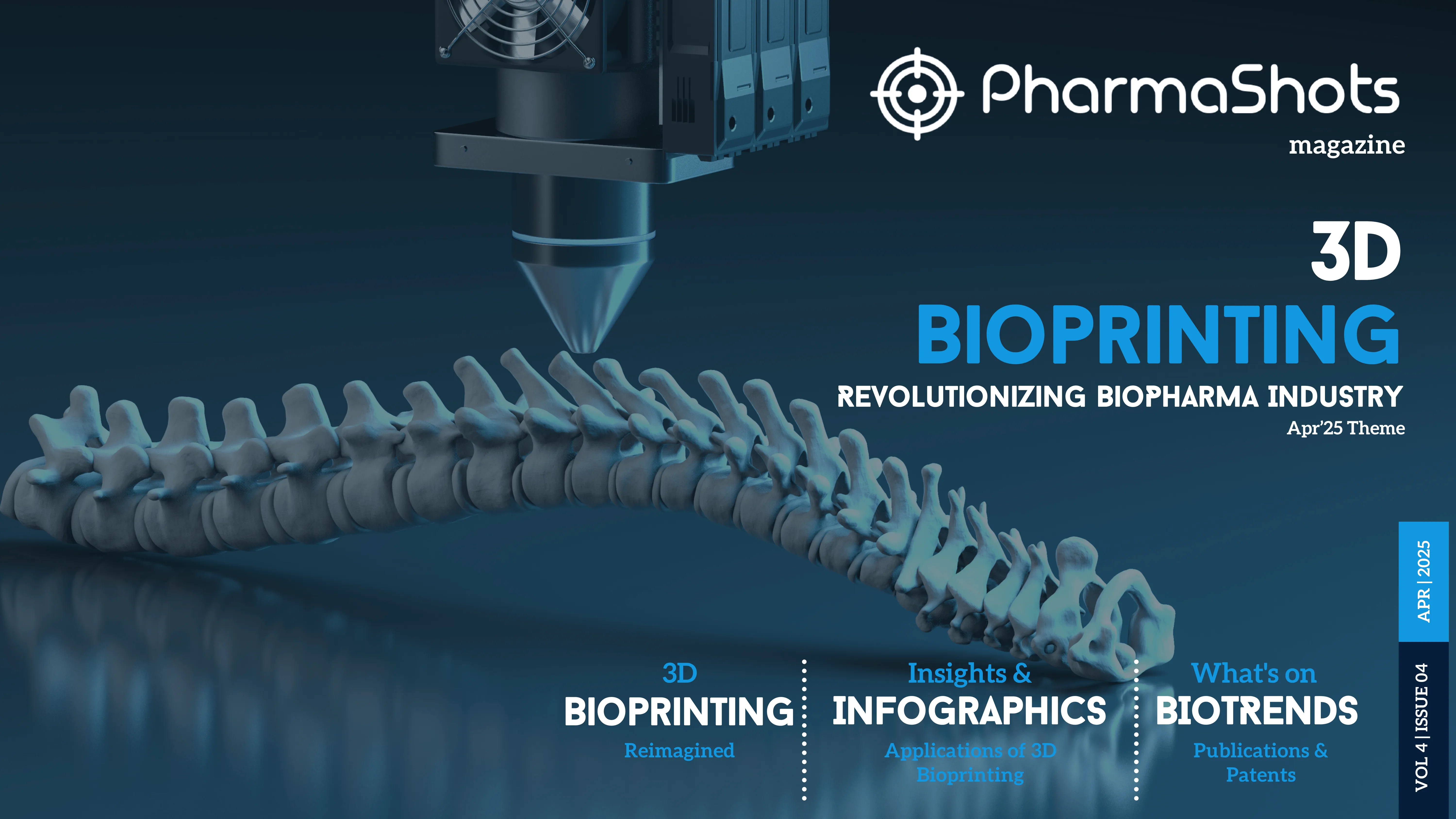
Innovative Orthodontic Technologies Transform Patient Care Experience
The orthodontic industry is witnessing a significant transformation due to technological advancements. These innovations are not only enhancing the precision of treatments but are also elevating patient experiences. As technology continues to evolve, the way orthodontic care is delivered is undergoing a remarkable change.
In recent years, the field of orthodontics has experienced a profound shift as cutting-edge technologies have emerged. From 3D imaging to digital impressions, these tools have revolutionized the accuracy and efficiency of treatment planning. The ability to design customized treatment plans has improved outcomes significantly, making it easier for practitioners to meet patient expectations. Moreover, the introduction of advanced braces has played a pivotal role in this evolution, providing solutions that cater to diverse dental needs.
Benefits of advanced orthodontic technology
Technological innovations have brought numerous benefits to orthodontic treatments, particularly in enhancing precision and efficiency. Tools such as 3D imaging allow orthodontists to visualize complex dental structures with unprecedented clarity. Digital impressions eliminate the discomfort associated with traditional moldings, leading to more accurate fits and better patient experiences. These advancements not only streamline processes but also reduce potential errors, ensuring that patients receive top-notch care.
Furthermore, customized treatment planning has become a cornerstone of modern orthodontics. By using sophisticated software, orthodontists can tailor treatments to individual needs, resulting in more effective and predictable outcomes. This level of personalization helps in addressing specific concerns more efficiently, ultimately leading to higher satisfaction rates among patients.
The integration of these technologies into everyday practice represents a significant leap forward for the industry. As these tools become more accessible and affordable, they are expected to become standard practice across various clinics. This democratization of technology will likely improve the overall quality of care available to patients worldwide.
Enhanced patient comfort
The advent of clear aligners and self-ligating braces has redefined comfort levels for patients undergoing orthodontic treatment. Unlike traditional metal braces, clear aligners offer a discreet alternative that reduces discomfort and improves aesthetic appeal. They can be easily removed for eating and cleaning, adding a layer of convenience previously unavailable in orthodontic care.
Self-ligating braces, on the other hand, do not require elastic ties, which often cause friction and discomfort. This innovative design allows for more natural movement of teeth with minimal pressure, reducing the frequency of adjustments needed during treatment. Such advancements make the entire process more comfortable for patients, encouraging greater compliance and faster results.
The focus on enhancing patient comfort reflects a broader trend within healthcare towards patient-centered approaches. By prioritizing patient needs and preferences, orthodontists can foster stronger relationships with their clients and achieve better treatment outcomes.
Accelerated treatment times
In addition to improving comfort, technological advancements have led to faster treatment times. Accelerated orthodontics techniques and vibration devices are among the tools that help expedite tooth movement without compromising safety or effectiveness. Patients can now achieve their desired results in a fraction of the time traditionally required.
The reduced duration of treatments not only enhances patient satisfaction but also decreases overall costs associated with long-term care. For many individuals seeking orthodontic interventions, shorter treatment periods are a significant advantage that aligns well with modern lifestyles.
This trend towards accelerated treatments is expected to continue as new technologies are developed and refined. The combination of speed and precision offered by these tools underscores their growing importance within the field of orthodontics.
Virtual consultations and monitoring
The integration of virtual consultations and remote monitoring tools into orthodontic practices has further enhanced accessibility and flexibility for patients. These innovations allow individuals to receive expert advice from the comfort of their homes without needing frequent visits to clinics. This approach is particularly beneficial for those living in remote areas or with busy schedules.
Remote monitoring systems enable orthodontists to track progress and make necessary adjustments without requiring physical appointments. Patients can submit photos or scans through specialized apps or platforms, allowing for real-time feedback and guidance from their providers.
This digital shift offers convenience while maintaining high standards of care, reflecting a broader trend towards telehealth solutions across various medical fields. As technology continues to advance, virtual consultations are likely to become an integral component of orthodontic care delivery models worldwide.
Future trends in orthodontic technology
Looking ahead, several emerging trends are poised to shape the future landscape of orthodontics significantly. Artificial intelligence-driven treatment planning promises even greater levels of precision by leveraging vast datasets to optimize outcomes tailored specifically for each patient’s unique needs.
Teledentistry is another promising area poised for growth as it facilitates communication between patients and practitioners over long distances through secure digital channels like video calls or messaging apps—bridging gaps caused by geographical barriers effectively.
Orthodontic apps designed specifically for mobile devices offer convenient ways for users seeking reliable information about various aspects related directly back towards improving overall oral health habits: from scheduling reminders regarding upcoming appointments down-to accessing educational content aimed at promoting better hygiene practices among younger audiences alike—all contributing positively towards achieving healthier smiles everywhere!
Related Post: Role of Digital Twin Technology in Healthcare
Tags

David Fox is a former salesperson who changed his career because he wanted to dip his toe into marketing waters. This provided him with unique knowledge that helped him make fruitful link building deals in this industry. Naturally, he is a living database of reputable sites and media which can come in handy today. Working with him is often described as a breeze of good energy and positivism.














